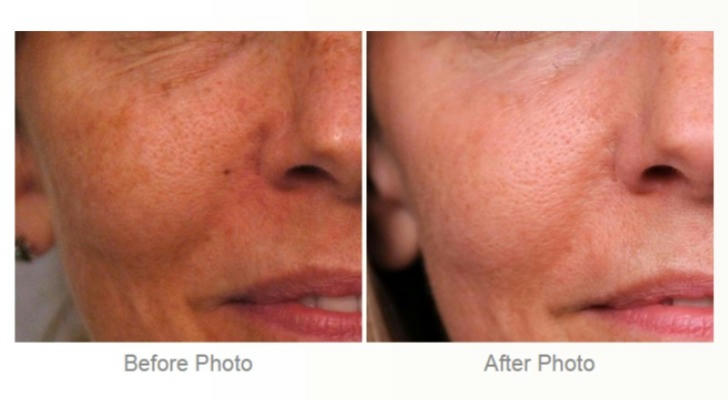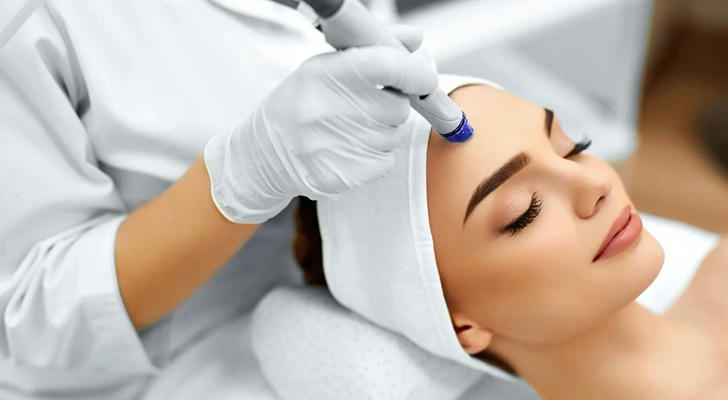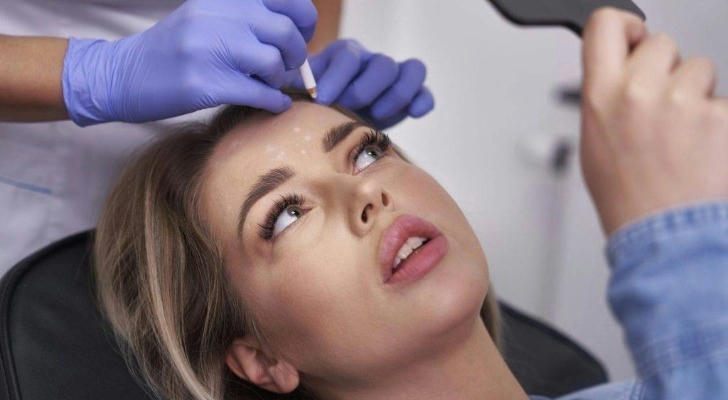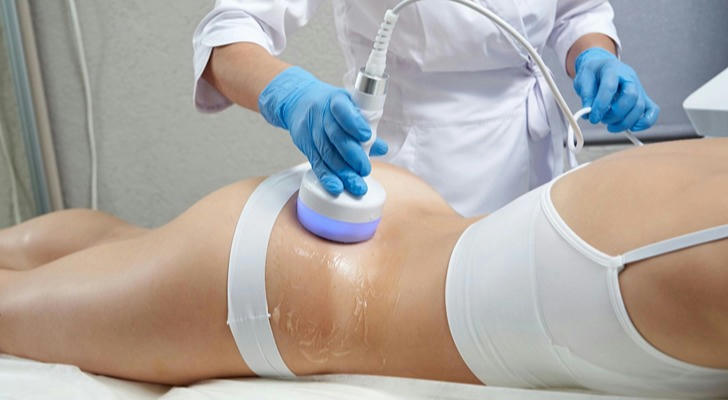Non-Surgical Aesthetic Procedures: Are They Worth the Risk?
In recent years, non-surgical aesthetic procedures have skyrocketed in popularity, offering individuals a quick, less invasive way to enhance their appearance. Treatments like Botox, dermal fillers, and laser therapies promise to smooth wrinkles, restore volume, and provide youthful skin—all without the need for traditional surgery. However, with growing popularity comes increasing concern: Are these procedures really worth the risk? In this article, we'll take a closer look at the rise of non-surgical treatments, the potential risks, and how to approach these procedures safely.

The Rise of Non-Surgical Aesthetic Treatments
The appeal of non-surgical aesthetic treatments is clear. According to the American Society of Plastic Surgeons, non-surgical procedures have increased by over 200% in the past decade, a trend that continues to grow. As people seek ways to stay youthful with minimal interruption to their daily lives, these procedures offer an attractive alternative to traditional surgery.

Popular Non-Surgical Treatments:
Botox & Dysport: Injections that temporarily paralyze muscles to reduce the appearance of wrinkles, especially around the forehead and eyes.
Dermal Fillers: Used to restore lost volume in areas like cheeks, under the eyes, or around the lips.
Laser Treatments: Include laser hair removal, skin resurfacing, and tattoo removal, targeting the skin with light energy to eliminate imperfections.
Chemical Peels: A chemical solution that removes dead skin cells, revealing smoother, fresher skin.
The Allure of Non-Surgical Procedures

There’s no doubt that non-surgical procedures offer a set of unique benefits:
1.Minimal Downtime
Non-surgical treatments are ideal for individuals with busy lifestyles. Unlike traditional surgeries, these procedures require little to no recovery time. Many patients can resume daily activities within hours, making treatments like Botox and dermal fillers suitable for lunchtime appointments.
2.Affordable and Accessible
When compared to traditional cosmetic surgeries, non-surgical treatments are significantly more affordable. For instance, Botox treatments generally cost around $300-$700 per session, depending on the area treated, whereas a facelift can cost upwards of $7,000. This makes aesthetic enhancement more accessible to a broader audience.
3.Lower Risk
Non-invasive procedures typically have fewer risks than traditional surgeries, as they don’t involve general anesthesia or deep incisions. Side effects are often minimal and include redness, swelling, or bruising that subside in a few days.
The Risks to Consider
Despite their advantages, non-surgical aesthetic treatments are not without risks. Understanding the potential downsides is crucial before undergoing any procedure.

1. Complications from Injectables
Injectable treatments like Botox and dermal fillers are generally safe when administered by certified professionals. However, complications can arise, including bruising, swelling, or allergic reactions. In rare cases, patients may experience more severe issues like muscle weakness or drooping, particularly when administered by inexperienced practitioners. A report from the U.S. Food and Drug Administration (FDA) noted that improper Botox injections can lead to unintended paralysis of nearby muscles.
2. Temporary Results
Non-surgical treatments typically offer short-term results. Botox, for example, lasts 3-6 months, while dermal fillers can last between 6-18 months. This means that touch-ups are required to maintain the desired appearance, which could lead to ongoing costs.
3. Unpredictable Outcomes
Even with a skilled practitioner, results may not always meet expectations. For example, dermal fillers can sometimes create uneven contours, and Botox might not eliminate wrinkles completely. This unpredictability makes it essential to manage expectations and have a clear discussion with the provider about the potential results.
How to Safely Navigate Non-Surgical Treatments
Choosing to undergo a non-surgical procedure is a personal decision, but it’s vital to approach it with caution. Here are a few actionable steps to ensure that you are in safe hands:
- Do Thorough Research
Before committing to any procedure, research the clinic and practitioner. Look for board-certified professionals with extensive experience in performing non-surgical aesthetic treatments. The American Board of Aesthetic Medicine or the American Society for Dermatologic Surgery are reputable organizations that can help verify a professional’s credentials.
2.Ask for Before-and-After Photos
A trustworthy practitioner will have a portfolio of before-and-after photos from previous clients. These images offer a visual reference for what results to expect and can help assess the practitioner's expertise.
3.Consultation is Key
Always schedule a consultation before undergoing any treatment. This will allow you to discuss your goals, review any potential risks, and assess whether you are a good candidate for the procedure. During the consultation, ask about the procedure’s specifics, including how it’s performed, expected recovery time, and cost.
4.Know the Potential Side Effects
Familiarize yourself with the possible side effects and risks of the procedure. While minor side effects are common, ask your practitioner about the likelihood of severe complications and how they handle emergencies.

Is It Worth the Risk?
Non-surgical aesthetic procedures offer an enticing array of benefits, from reduced downtime to more affordable pricing. However, they come with inherent risks that should not be ignored. By choosing a qualified practitioner and setting realistic expectations, patients can minimize risks and enjoy the benefits of these treatments. Still, for those seeking permanent results or more dramatic changes, traditional surgery may remain the better option.
Key Takeaways:
Non-surgical treatments are increasing in popularity, offering a quick fix to enhance beauty with minimal downtime.
Benefits include affordability, lower risk, and minimal recovery time, but results are typically temporary.
Patients must carefully choose qualified practitioners by researching credentials, reviewing portfolios, and conducting a thorough consultation.
Risks include complications from injectables, temporary outcomes, and unpredictable results that should be weighed against the benefits.
By taking these steps and fully understanding the risks and rewards, individuals can make informed decisions about whether non-surgical aesthetic procedures are the right choice for their beauty goals.
